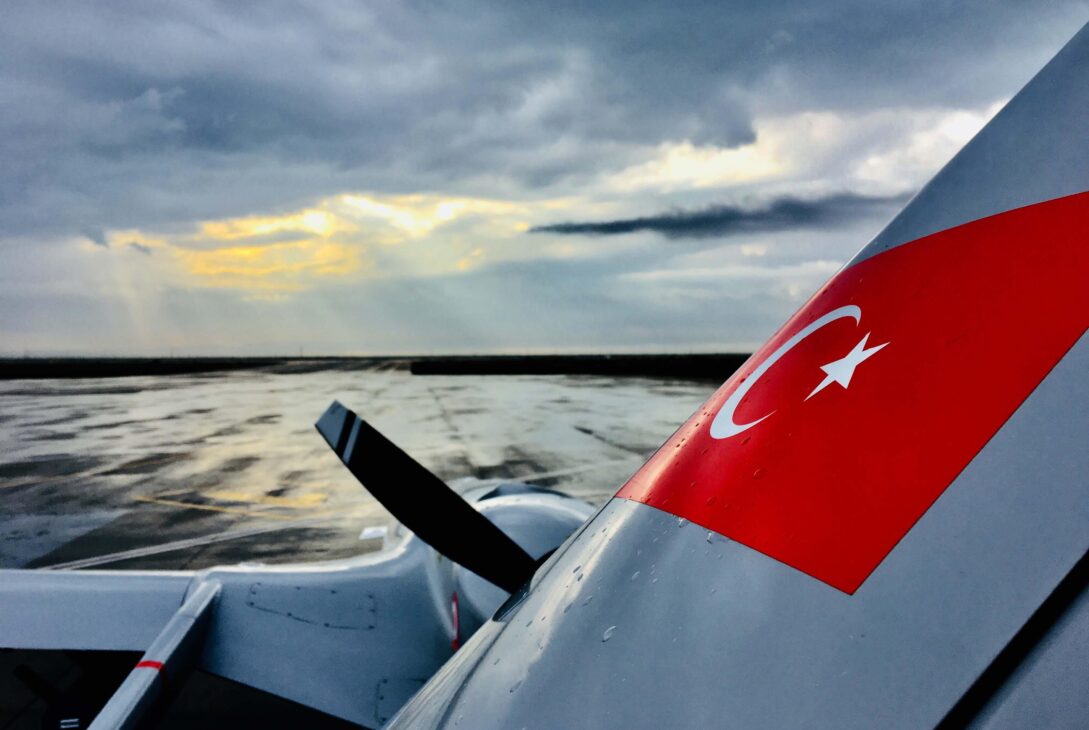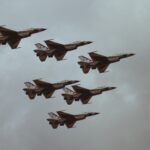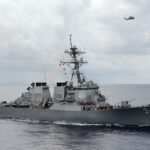Turkey’s embrace of unmanned aerial vehicles (UAVs) is transforming the contemporary war theater. A new era marked by the rise of Turkish drones is unfolding, redefining power dynamics in the region. These drones, built with sophisticated technology, have become the linchpin of Turkey’s military strategy, adding a new dimension to the country’s growing influence.
This revolution was enabled by drones’ multi-faceted advantages, from enhanced real-time intelligence gathering to precision strikes. Their use in conflict zones, including Syria and Libya, further accentuates Turkey’s expanding military prowess. However, their escalating importance also brings to the fore ethical and legal questions concerning their use.
The Development of Drone Technology: A Strategic Milestone for Turkey
In the rapidly evolving tech landscape, Turkey’s strides in drone technology have been nothing short of remarkable. The country’s continual investment in research and development has paved the way for advanced, sophisticated drones.
This technology, which has proved instrumental in various military operations, allows for more precise and efficient operations, hence altering modern warfare’s dynamics. The early adoption of drones, initially used for surveillance and reconnaissance, laid the foundation for Turkey’s rise as a prominent player in unmanned aerial systems.
Turkey’s Arsenal of Unmanned Combat Aerial Vehicles (UCAVs)
Several drones have emerged as pillars of Turkey’s defense strategy:
- Bayraktar TB2: This Turkish-made UCAV, developed by Baykar, is a battlefield game-changer. With advanced capabilities and precision-guided munitions, the TB2 has excelled in various conflicts, showing prowess in surveillance, reconnaissance, and combat missions.
- Anka-S: The Anka-S, equipped with advanced sensors and a long-range communication system, has demonstrated its game-changing capabilities in modern warfare. Its versatility makes it a valuable asset for the Turkish military.
- Akinci: Akinci, one of the most technologically advanced drones globally, epitomizes Turkey’s commitment to enhancing drone technology. With the ability to carry various types of weapons, Akinci has added a new dimension to Turkey’s defense strategy.
The Winning Attributes of Turkish Drones
Turkish drones’ key strengths include cost-effectiveness, versatility in different operational environments, and high precision and accuracy. These factors have redefined Turkey’s position as a formidable force in the global defense industry.
Unmatched versatility allows these drones to adapt to various terrains and weather conditions, enhancing their strategic use. Their cost-effectiveness provides an affordable alternative to traditional military aircraft, while their advanced technology ensures precision strikes with minimal collateral damage.
Operational Success: Case Studies of Turkish Drones
Turkish drones have demonstrated their effectiveness in several conflicts:
- Syrian Conflict: The Syrian conflict saw the successful deployment of Turkish drones, which were used to support rebel groups with critical intelligence and firepower. The drones’ accuracy and ability to operate in contested airspace have shifted the power balance in this conflict.
- Libyan Conflict: The Libyan conflict underscores Turkish drones’ ability to transform the dynamics of modern warfare. By supporting the internationally recognized Government of National Accord, Turkish drones provided a significant battlefield advantage, sparking interest in similar technology acquisition.
- Nagorno-Karabakh Conflict: Turkish drones’ deployment in the Nagorno-Karabakh conflict underscored their effectiveness in real-time intelligence gathering, precision strikes, and battlefield control.
Impact on Warfare: A Shift in Power Balance and Implications for Future Conflicts
The rise of Turkish drones has reshaped warfare dynamics, disrupted traditional power balance, and set a new precedent for future conflicts. With their superior technology, they have emerged as cost-effective and efficient alternatives to conventional military tactics. As more countries seek to develop drone capabilities, an increase in their use is expected in future conflicts.
The future, however, also holds potential concerns about an arms race in drone technology. Regardless, Turkish drones’ rise marks an undeniable shift in the war theater, set to continue shaping conflict dynamics in the future.






